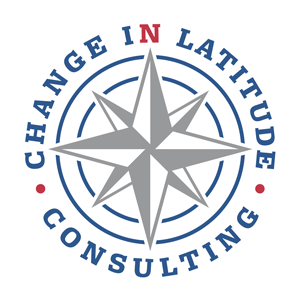Two of my favorite topics are Leadership and Continuous Improvement. In this blog I am going to touch on both issues in an effort to convince you that at the root of any successful continuous improvement program is people, or employees of the organization. However, there are things that leaders must do to support the organization’s continuous improvement efforts. Research tells us that one of the critical factors to any successful continuous improvement effort is buy in at the senior leadership levels of an organization; however, that is only one piece of a successful CI puzzle.
Ancient Chinese philosopher Lao Tzu once said: “A leader is best when people barely know he exists, when his work is done, his aim fulfilled, they will say “we did it ourselves.” Think about that within the context of an organization’s continuous improvement program. CI practitioners and organizational leaders alike often talk about the need for a “burning platform” to drive successful continuous improvement efforts. We regularly read about CEOs or Boards of Directors mandating that an organization roll-out a continuous improvement program and then to much fanfare and cheering, especially by CI practitioners, the leader gives an edict that the organization will use continuous improvement to enhance its bottom line. Then everyone sits back and expects that given such support from executive leaders, a successful continuous improvement deployment is inevitable. If that is the case, then why does research show us that between 60 and 90 percent of all change efforts fail?
Daniel Pink, in his best-selling book: Drive: The Surprising Truth About What Motivates Us, offers that employees are mostly motivated by three intrinsic elements of motivation. He explains that research shows autonomy, purpose and mastery are critical intrinsic motivators that will drive employee engagement, and thus productivity, more than any other factor. What Daniel is saying, and my experience supports his assertion, is that a corporate culture which embraces autonomy, purpose and mastery will do more to increase employee engagement and productivity than any financial reward, burning platform or executive mandate. If you think about continuous improvement and its emphasis on respect for people; this assertion makes sense. If you empower employees to change their processes for the better through autonomy, encourage them to master their job by continuously improving it and ensure corporate mission and goals are communicated to the lowest levels of the organization so employees have a sense of purpose to their work, it would reason that a continuous improvement program would flourish.
There are certain things that research show, if done, give continuous improvement programs better odds of succeeding. It is critical that leaders ensure everyone in the organization understands the “3 w’s” of the continuous improvement efforts: why, when and who. In addition, appropriate full-time continuous improvement resources must be available to support the deployment. Training should be conducted to ensure that there is wide exposure to the basic tools and methodologies that will be leveraged. Finally, continuous improvement programs should be kept simple, and employees and leaders alike must know the purpose of the program.
In the book Above the Line, authors Tim Kite and Urban Meyer state that leaders drive culture, culture drives behavior and behaviors deliver results. Leaders who create a culture in which autonomy, purpose and mastery among employees flourish give their organization’s continuous improvement program a better chance of defying the odds and being successful. The result will be “a change in latitude” that enhances the organization’s bottom line, gets it closer to its “true north” and gives employees the sense that “they did it themselves.”

